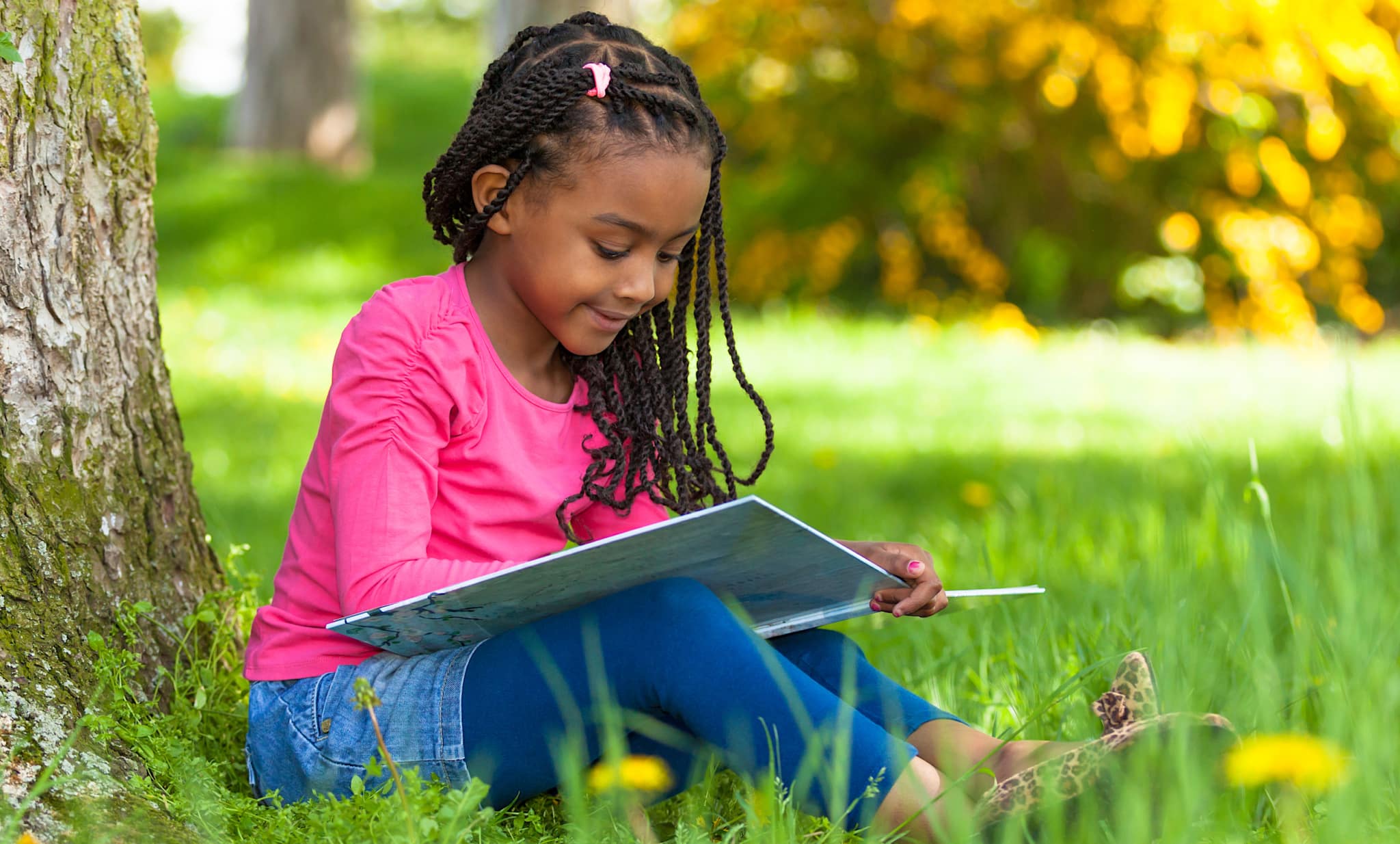Table of Contents
With most schools closed until next fall, parents who were already stressed with the challenges of homeschooling are worried about the impact of extended breaks on learning for their children. While most of us associate academic work with learning, there are many different ways for children to acquire knowledge and build crucial skills during these times. Students learn as much, if not more, from play and social interactions than through pure academic work.
Here are three different tactics to extend your child’s learning and build cognitive skills like creativity and critical thinking in a more stress-free way.
Reframe Learning Challenges as Opportunities
The Covid-19 pandemic has caused immense disruption in day-to-day lives everywhere, and this includes children as much as adults. With school closures and other restrictions, children’s lives have changed significantly, and they can feel overwhelmed. Talking to children about the problems they face and helping them reframe those problems as opportunities to find creative solutions can build an innovator’s mindset.
Tina Seelig, Professor at Stanford and Director of the Stanford Technology Ventures Program, believes that the way you view problems depends on your attitude, and that your attitude is something you can control. By reframing problems as opportunities, you can find creative solutions others might have missed. And the bigger the problem, the bigger the opportunity.
One good way to start building an innovative mindset is to start with chores. If there are additional chores that your child has to do during school closures, which they find inconvenient, ask them to start thinking about what part is more painful and how they can improve the experience. When posed as a challenge that is waiting for a creative solution, children can come up with clever ideas.
One of our students, who found cleaning his pets’ cages gross, came up with a clever idea of a new kind of trash bag with drawstrings all around that can be used to line the cage. When you need to clean the cage, you just have to pull the drawstring, and all the mess gets caught in the bag. Another student came up with the idea of a remote controlled mechanism to take out regular trash, so you don’t have to carry a stinky bag for a long time.
While not all ideas will be immediately helpful, it helps children to start thinking of problems as opportunities to which they can find clever solutions.
Join the Imaginary Play to Enhance Learning
Young children can spend what often feels like an inordinate amount of time in imaginary pretend play. But beyond providing amusement to others, this serves a useful function. Pretend play is also a child’s cognitive playground―where they can freely practice how to think and problem solve in different situations―and in the process, build a deeper understanding of the world around them. Vygotsky was one of the first psychologists to observe that this play was an important phase in a child’s cognitive development, and since then, research studies have shown the benefit of pretend play.
In more elaborate forms, pretend play can grow into fantasy worlds or paracosms, where a child constructs an entire imaginary world with its own rules and systems. Michele Root-Bernstein, professor and creativity scholar, found that engaging in building fantasy worlds as a child was indicative of creative accomplishments in adulthood.
Highly renowned people across different disciplines like the Bronte siblings, Nietzsche and Mozart invented imaginary worlds, as did a large number of MacArthur genius award recipients. She believes that the creativity involved in building fantasy worlds equips children with skills like imagining, empathizing, modeling, problem solving and rule-breaking that are essential for any creative work.
As she explains, “childhood worldplay does appear to provide an early apprenticeship in absorption and persistence, discovery, synthesis, and modeling.”
Pretend play and paracosms also provide an opportunity for parents and other family members to help stretch their child’s thinking. You can join your child in their fantasy world and co-create situations that need to be addressed or problems that need to be solved. In doing so, you give them a safe space to experiment with ideas while building a deeper understanding of society.
Add Counterfactual Thinking to Reading Time
The benefits of reading books with your child, from cognitive to social-emotional, are well known. In a study designed to understand the effect of reading in toddlers, children were assigned to an intervention group or a control group. The intervention group received age-appropriate books and additional reading time compared to the control group. The results of the study showed that families in the intervention group that did shared reading with their toddler groups, and not just reading aloud, showed significantly larger vocabulary scores compared to the control group.
Parents can give an additional boost to shared book reading times by adding counterfactual thinking, which builds both creative and critical thinking. Save some time after reading a book together to discuss the book and pose additional questions. You can create different counterfactual questions by modifying or adding an event in the story or by changing characters and settings. For example, what would have happened if Dumbledore never gave Harry Potter the cloak of invisibility, or what would the story of Snow White look like in modern times? Sharing your ideas to the same prompts after your child shares theirs can help improve their ability to think in more diverse ways.
Each of these three activities is a fun, low-stress way to support continued cognitive and skill development even when school is out of session. I hope you and your learners enjoy these over the spring and summer!
Further Reading
- edCircuit – 3 Creative Games to Use in Remote Learning
- The Atlantic – For Schools, the List of Obstacles Grows and Grows
- edCircuit – Connecting with Kids: Surviving the Slump

